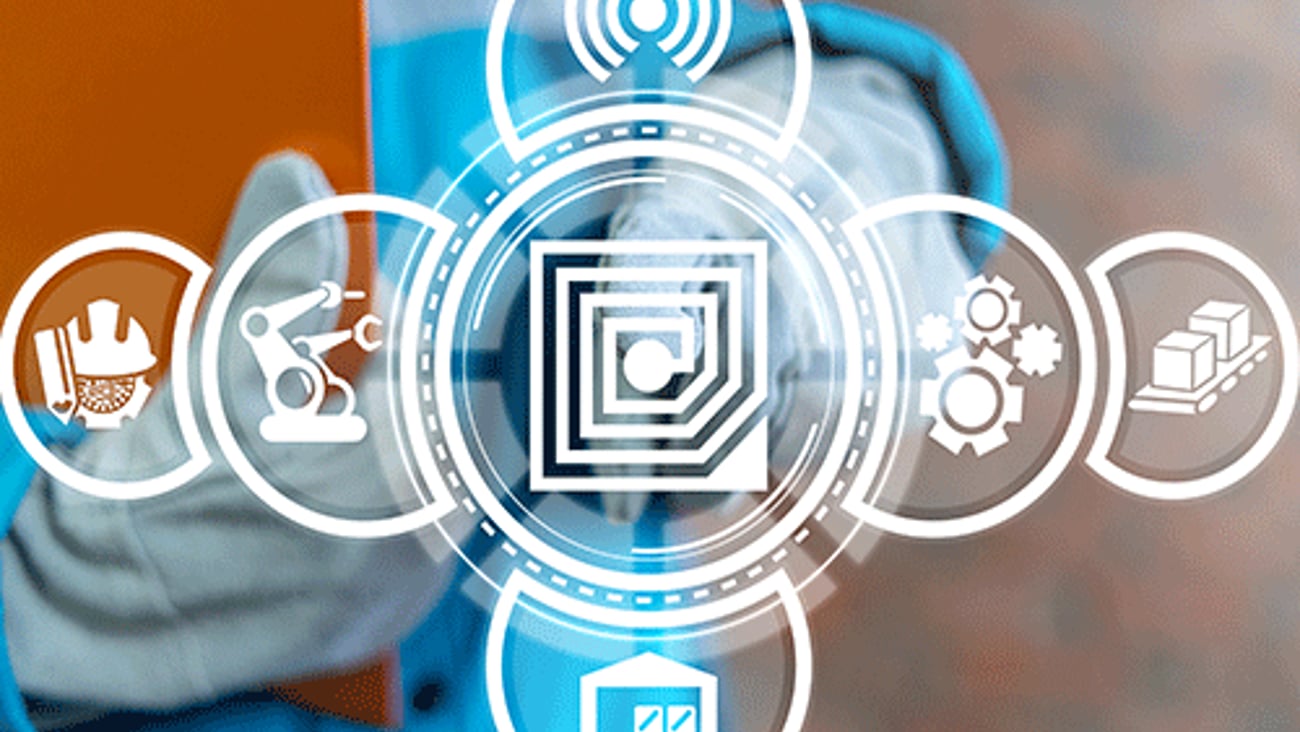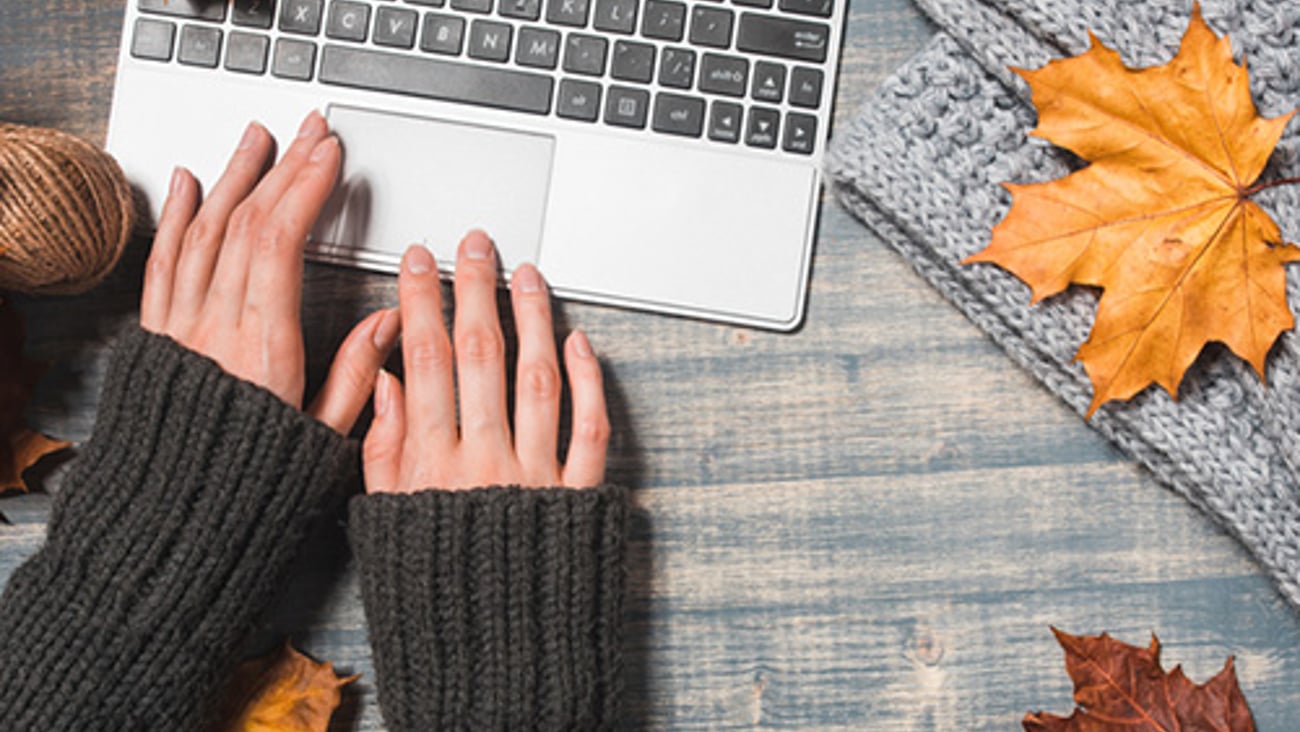The ‘store of the future’ – 2022 edition
Another year brings another “store of the future” – which is really a store format with the latest innovations.
Despite some predictions, the brick-and-mortar store has not been eliminated by COVID-19. However, physical retail is evolving in response to changes in consumer behavior which have been accelerated by two years of the pandemic.
Observers often call a store equipped with the latest technology the “store of the future.” Really, it is a leading-edge store of today. Whatever name you use, let’s look at some key technologies supporting the latest “future stores.”
Frictionless
Many convenience and grocery retailers have piloted frictionless stores since Amazon pioneered the format with its cashier-free Amazon Go store model in January 2018. Frictionless stores feature a “just walk out shopping experience” that is typically enabled with a consumer app and some combination of computer vision, sensor fusion, and machine-learning technologies.
For example, convenience chain Circle K has been active in retrofitting existing stores in Arizona with frictionless shopping solutions. In October 2021, Circle K began offering an artificial intelligence (AI)-based, fully checkout-free shopping experience in a Tempe, Ariz. store.
Circle K partnered with retail computer vision platform provider Standard AI to open its retrofitted Tempe location, featuring a frictionless checkout system designed to allow shoppers to completely avoid waiting in a checkout line and deliver accurate receipts in minutes. The convenience retailer has also retrofitted six existing stores in the greater Tucson, Ariz. area with checkout-free technology from Grabango.
The best of both worlds
Amazon’s latest store concept responds to the increasing blurring of distinctions between digital and physical channels (at least in the perception of shoppers) by combining the personalization of e-commerce with the immediacy of brick-and-mortar shopping.
[Read more: Amazon to open its first-ever physical clothing store – in a California lifestyle center]
The first Amazon Style store will open later this year, year at The Americana at Brand, a lifestyle center in Glendale, Calif. The store’s assortment of apparel, shoes and accessories will feature “hundreds of brands” chosen by fashion creators and “feedback provided by millions of customers shopping on Amazon.com,” according to Amazon.
Most of the clothing will be out of sight and kept in the back of the store, with only one sample of each item displayed on the sales floor. The format will allow Amazon Style to offer more than double the number of products offered for sale in a fashion store of its size.
Using the Amazon Shopping app, customers will scan an item’s QR code to see sizes, colors, overall customer ratings and additional product details. With the tap of a button, shoppers can have the item brought to a fitting room. If the customer doesn’t want to try it on, the item can be sent directly to the pickup counter.
Customers can continue shopping in the fitting rooms, which have touchscreens where they can browse more options, rate items, and request more sizes or styles to be delivered directly to the room within minutes. As customers browse the store and scan items, Amazon will leverage its machine learning algorithms to recommend tailored, real-time suggestions regarding other items they be interested in buying.
The return journey
Stores have commonly been serving as online order pickup points for several years now, with the trend accelerated during the COVID-19 pandemic. In a further step of the evolution of the brick-and-mortar store as an omnichannel hub, it is increasingly serving as a node for returns of online orders, as well.
In addition to easing the return process for customers, retailers can reduce the cost of returns management by collecting returned items in centralized locations for bulk processing and distribution – with some items potentially going directly to the store shelf.
While accepting online returns in-store is complicated, a number of third-party platforms exist to help retailers streamline the process. For example, Mall of America has a partnership with Narvar that enables easy drop-off returns for brands including Gap, Old Navy, Athleta, and Banana Republic.
Consumers in proximity to Mall of America will see the service as an option in the online returns portal powered by Narvar for participating retailers. They are provided with a shortcode to bring with their package to one of three locations at the mall, where an associate will print their return label for them and ensure the package is sent back to the retailer.







